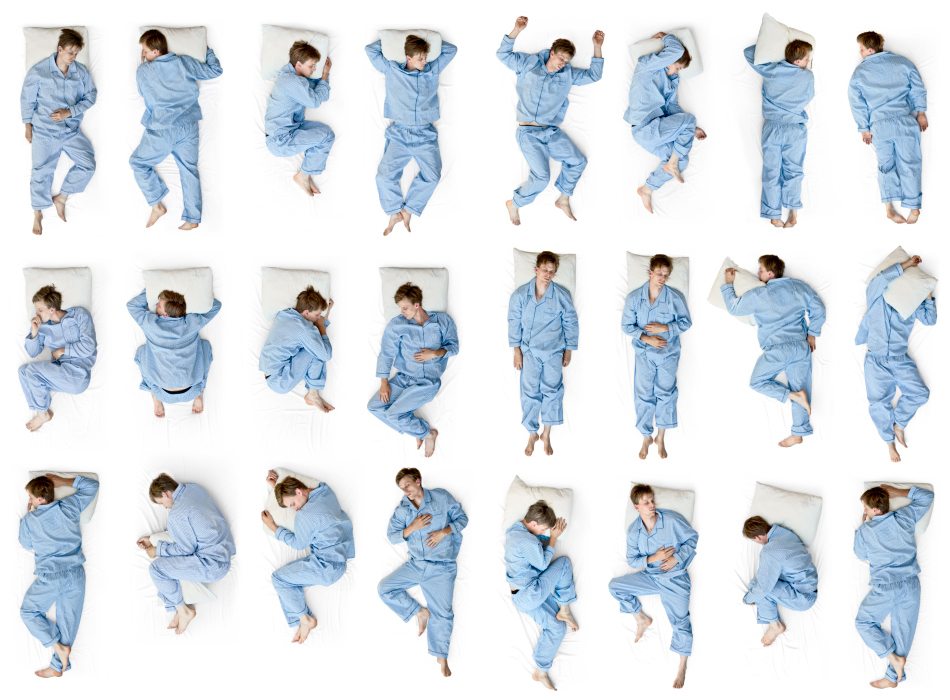

Back sleepers want to go for a medium firm mattress that provides pressure relief to the lower back while lifting the hips in alignment with the shoulders. Though these cons can seem pretty drastic, a lot of these issues can be alleviated with the right sleep accessories. A general closing of the nasal and air passagesīack sleepers tend to prefer both a medium firm mattress and medium-loft pillow.Irritation and pain at the lower back, especially if you already have back pain issues.Increased chance of snoring or worsening symptoms of sleep apnea.However, there are also some cons to back sleeping, namely: And an overall reduction in pressure across the body.
BEST POSITION TO SLEEP SKIN
Reduced chance of getting wrinkles or creases on the skin.While not as good for you as side sleeping, there are still plenty of fantastic benefits that come from slumbering with your face up to the ceiling, including: The next best sleeping position is on the back. Also, if sleeping on your back is contributing to lower back pain, you may want to consider investing in a good mattress topper for back pain.

This will help position the spine in a neutral alignment, which is the key to all-around good support.įor more product suggestions and tips, check out our round-ups of the Best Mattress for Side Sleepers and the Best Pillows for Side Sleepers. When it comes to pillows, side sleepers want a high-lofted pillow that sets the neck in line with the hips and lower back. Speaking of mattresses, side sleepers will want to go with a soft structure that provides plenty of cushiony pressure relief to the shoulders and hips. Side sleepers will want a soft mattress and a high-lofted pillow for optimized comfort. The main ones here are jaw tightness and shoulder pain, which can be exacerbated by a mattress that’s a little too firm. Though there are a lot of pros to side sleeping, there are obviously some cons as well. And a reduced chance of experiencing heartburn, especially if you sleep on your left side (which is generally considered to be best for gut health).Decreased chance of snoring (thanks to the airways being more open on your side).Reduced pain at the neck and lower back.Whether stretching out straight in the “log” form or curled up in a “fetal” position, folks who doze on their sides experience a plethora of positive health benefits, including: Side sleeping is the most popular sleeping position by far. I’m going to go over each one, chat about their pros and cons, and then share a few tips and tricks you can use to make the position work for you. Now that we’ve talked about what healthy sleeping is all about, let’s get into the different sleeping positions themselves. If the position in which you sleep doesn’t check all three of these boxes, it may be time to experiment with a new position. Comfort – Once you’ve worked out your alignment and your breathing, that’s when the comfort comes in.This can be crucial for folks who struggle with snoring or sleep apnea. Breathing – Neutral spine alignment also works to open the nasal and air passages, making it easier to breathe.

A healthy alignment works to alleviate pain and encourage healthier sleep. Poorbaugh, alignment is all about setting the spine in a neutral line from the shoulders to the hips. The Sleeping ABC’s are all about alignment, breathing, and comfort! Keith Poorbaugh, who focused on three major components of quality sleep: Alignment, Breathing, and Comfort. To learn more about these factors, I spoke with Sleepopolis Expert and Physical Therapist Dr. However, there are a few guideposts we can use to determine whether or not the way we’re snoozing is actually healthy, regardless of position. And that’s totally okay! Sleep is meant to be restorative, so it would make sense that every individual would have their own unique slumber practice. Everyone sleeps a little differently, based on their age, height, weight, and body chemistry. Before we dive into the different sleeping positions, let’s talk for a minute about what healthy sleeping actually entails.


 0 kommentar(er)
0 kommentar(er)
